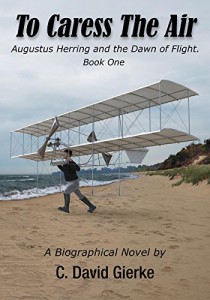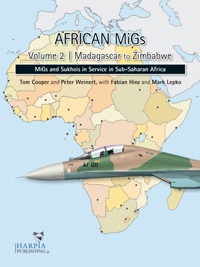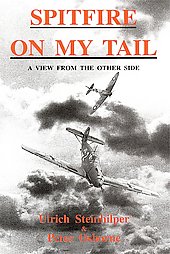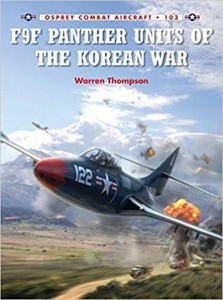Review F9F Panther Units of the Korean War- Warren Thompson
The end of World War II saw the defeat of German national socialism and the propping up of international communism, which spread from the Soviet Union. Even though international communism had been a reality since the October Revolution of 1917, when the Bolsheviks created a one-party totalitarian state in Russia, and had become the sole rulers of the new soviet Union in 1922, it was during and after World War II that the Soviet Union received its carte blanche by the international community to launch its plan for world domination.
The brief peace that the world enjoyed after World War II quickly came to an end with the spread of communism to many parts of the world. On June 25, 1950 troops from communist North Korea crossed the 38th parallel and invaded democratic South Korea.
With the expansion of communist ideology throughout the world, one is left to wonder about the financial burden this aggression has created on people who live under communist totalitarian rule, and also on Western democracies.
The Korean War and later the Vietnam War are good examples of the United States’ pressing need for modernization of its military. At the time that North Korean communists invaded democratic South Korea, the United States was still using propeller-driven F4U-4B Corsairs, F-82 Twin Mustang’s and the AD-2/4Q Skyraider. The jet-propelled F-80 Shooting Star fighter-bomber did not have the adequate range to reach North Korean targets.
Flying from the deck of the USS Valley Forge, the first American carrier to enter the Korean War, the F9F Panther became the first American jet to score a kill in the Korean War on July 3, 1950.
F9F Panther Units of the Korean War by Warren Thompson is another excellent book published by Osprey Publishing. Finding a very readable balance between military history, technical specs of aircrafts and personal anecdotes of pilots and other people who help maintain the airplanes, is the strong suit of this series of books.
Part of the charm of this series is the attention paid to individual units that flew the F9F. This enables the author to cite specific examples of air battles and the personnel who experienced them. This series of books concentrates on pilot stories. This is important because it reminds us of the lives and plight of the brave souls who lost their life in battle. In addition, pilot stories detail the degree of danger they faced on every mission.
Also, of historical importance is the missions that involved photo-reconnaissance by the F9F that gave the United States a better understanding of the ground conditions on North Korean territory and what this meant for infantry units.
The Korean War was the first theater of war where jet fighters and bombers would first demonstrate their effectiveness. By the end of the Korean War, the F9F had proven itself to be rugged and reliable, even though the success of the North American F-86 Sabre in dogfights against Soviet MIG’s stole much of the light from the F9F Panther.












Leave a Reply